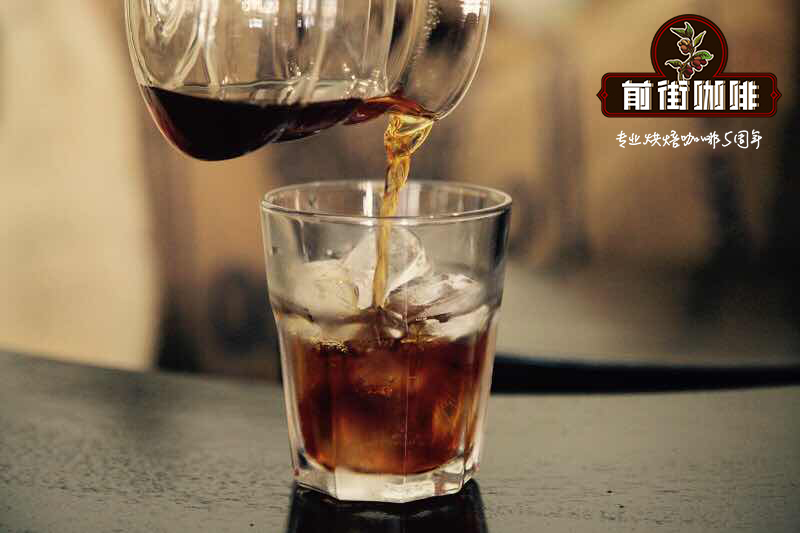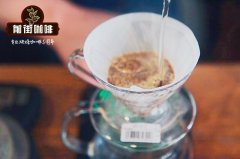World-famous Jamaican Blue Mountain Coffee Blue Mountain No.1 taste characteristics of Clifton Farm

Professional coffee knowledge exchange more coffee bean information please follow the coffee workshop (Wechat official account cafe_style)
Blue Mountain Coffee Jamaica BLUE MOUNT
In 1717 King Louis XV of France ordered the cultivation of coffee in Jamaica
In the mid-twenties, Nicholas, Governor of Jamaica. Arabica seeds imported by Sir Nicholas Lawes from Martinique
As early as the mid-18th century (around 1750), Clifton Farm began to grow and produce coffee.
According to a survey conducted by the Jamaica Institute in 1810, Robert Hamilton was the owner of the farm at that time.
Clifton Hill is divided into two parts: 427 acres of 80 acres of coffee pastures at the top of the mountain, 111 acres of coffee and 264 acres of pastures at the foot of the mountain.
Clifton Farm Jamaica Clifton Mount Estate
Landowner: sharp Family The Sharp family
Certificate: tropical rainforest certification
Location: Newcastle area
Total area: 250 acres
Coffee acreage: 180 acres
Average altitude: 4300 ft (1310.64 m)
Treatment method: washing
Variety: 100% Arabica iron pickup
Flavor: perfect balance of acidity, alcohol thickness and aroma
Blue Mountain Coffee (Blue Mountain Coffee)
The Blue Mountains, which comes from Jamaica and gets its name from the Caribbean, is a rare coffee variety in the world with a harmonious taste and excellent flavor and aroma.
No pollution, humid climate, foggy and rainy all the year round, which has created the world-famous Jamaican Blue Mountain Coffee.
It also makes coffee the second most expensive in the world.
The "secret" of the pure taste of Blue Mountain Coffee
Their coffee trees are on rugged hillsides, and the picking process is so difficult that non-local skilled female workers are simply unable to do it.
It is very important to choose the right ripe coffee beans when picking. Immaturity or ripeness will affect the quality of the coffee.
The picked coffee beans are shelled on the same day, and then let them ferment for 18 hours. After that, the coffee beans were cleaned and screened.
The subsequent process is to dry until the humidity of the coffee beans drops to 12% Mel 14%. Clifton's high altitude and long history
And it is also unique in the way of dealing with it, and this wonderful and unique method makes Clifton
It not only has the unique round and supple taste of Lanshan No. 1, but also has a slight floral fragrance and other rich taste.
Jamaica is the only country in the world that has a government coffee regulatory agency, the Jamaica Coffee Industry Authority (CIB).
The quality of the raw beans of the real Blue Mountain Coffee is super good, and the raw beans of Blue Mountain Coffee are blue.
The basic standard of blue mountain raw beans of NO.1 is beans with more than 17 mesh,
The appearance is very neat, the defect rate is less than 3%, the moisture content is about 13% and so on.
The variety is a kind of tin card, which is slightly warped at both ends. The volume increases a lot after baking, and it is full.
The cytoplasmic structure of the real blue mountain coffee bean is relatively loose, and it feels very crisp, cool and continuous when it is ground by hand, and there is no feeling of resistance.
The aroma is very rich and dense; the so-called blended Blue Mountain Coffee does not have this aroma.
The real Blue Mountain Coffee is balanced, full-bodied, sweet, bitter, full-bodied and rich in layers.
The aftertaste of dark chocolate, honey and sugar is obvious.
There is a sticky feeling, after complete cooling, strong oolong tea aroma
Important Notice :
前街咖啡 FrontStreet Coffee has moved to new addredd:
FrontStreet Coffee Address: 315,Donghua East Road,GuangZhou
Tel:020 38364473
- Prev

What are the advantages of hand-brewing coffee? how to grasp and regulate the sweet and sour feeling of extraction?
Professional coffee knowledge exchange more coffee bean information Please follow the coffee workshop (Wechat official account cafe_style) hand-brewed coffee is about 2 minutes when the most sour, so of course you will feel sour when you drink, if you want to be less sour, then a little longer, so that the coffee will be sweeter! The advantage of hand flushing is that it can better control the taste, rather than rinsing all beans.
- Next

Ethiopia has nine major coffee producing areas. What is the distinction between Ethiopian coffee and coffee?
Ethiopia has nine major coffee producing areas:, Sidamo, Yegashefi, Hara, Gemma, Lim, Iruba, Gimbi (Lekanti), Tibby, and Bebeca. Among the nine major coffee producing areas in Ethiopia, the most famous ones are Yegashafi, Sidamo and Harald. There are also small producing areas in the large producing areas, such as Cochi in the Yegashafi producing area.
Related
- Beginners will see the "Coffee pull flower" guide!
- What is the difference between ice blog purified milk and ordinary milk coffee?
- Why is the Philippines the largest producer of crops in Liberia?
- For coffee extraction, should the fine powder be retained?
- How does extracted espresso fill pressed powder? How much strength does it take to press the powder?
- How to make jasmine cold extract coffee? Is the jasmine + latte good?
- Will this little toy really make the coffee taste better? How does Lily Drip affect coffee extraction?
- Will the action of slapping the filter cup also affect coffee extraction?
- What's the difference between powder-to-water ratio and powder-to-liquid ratio?
- What is the Ethiopian local species? What does it have to do with Heirloom native species?

